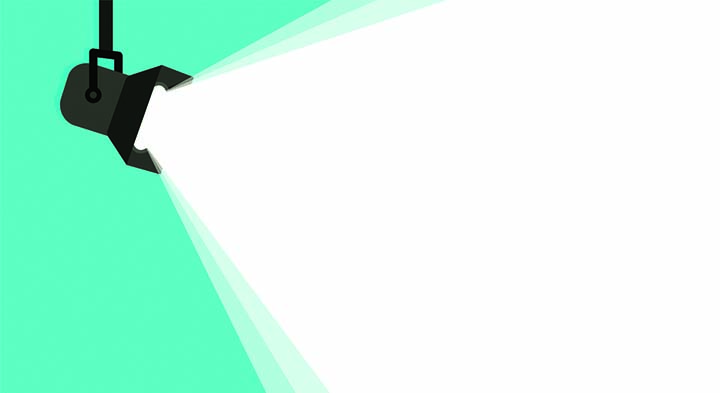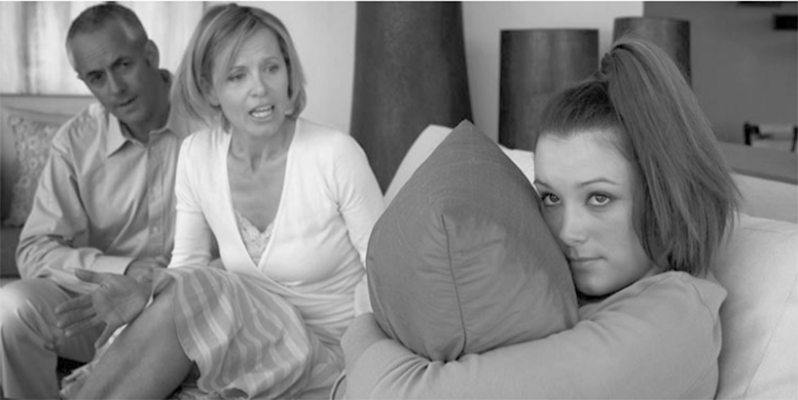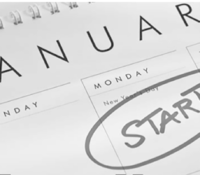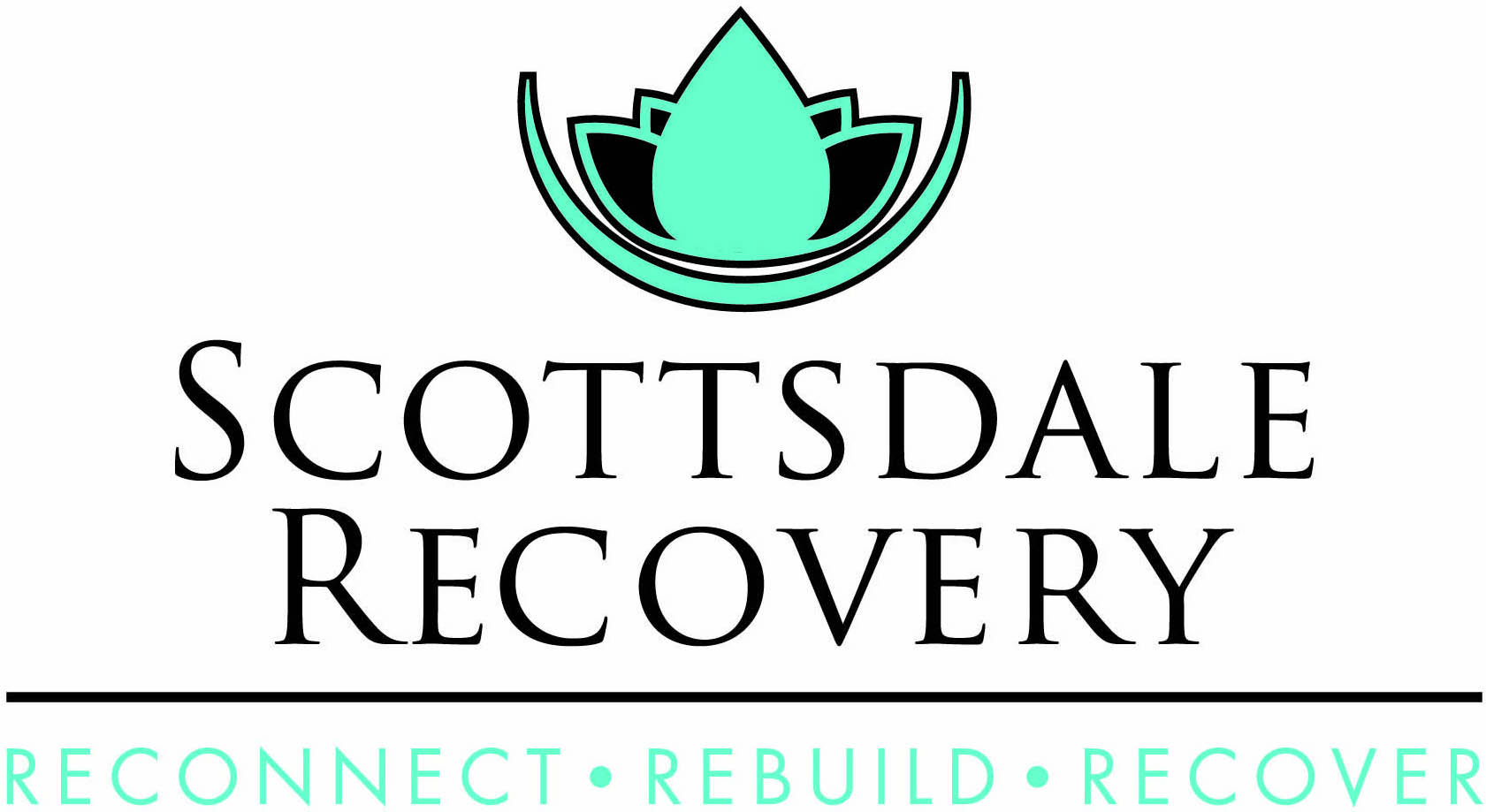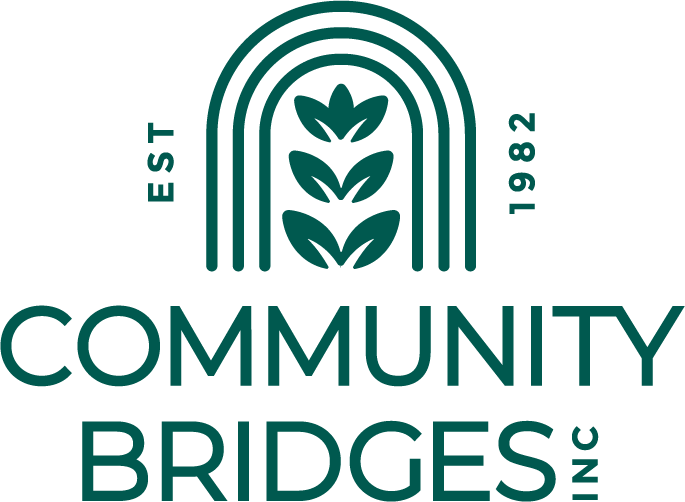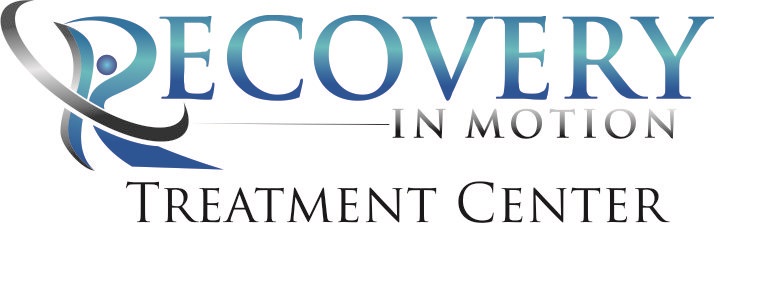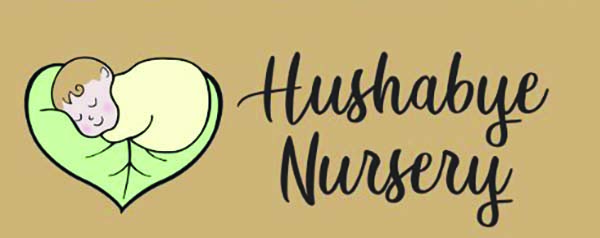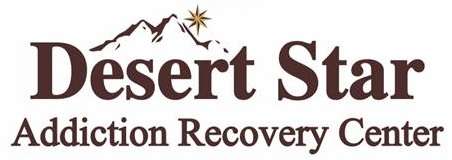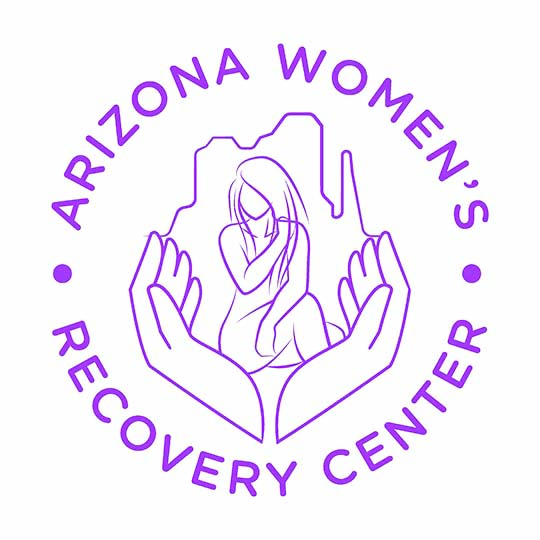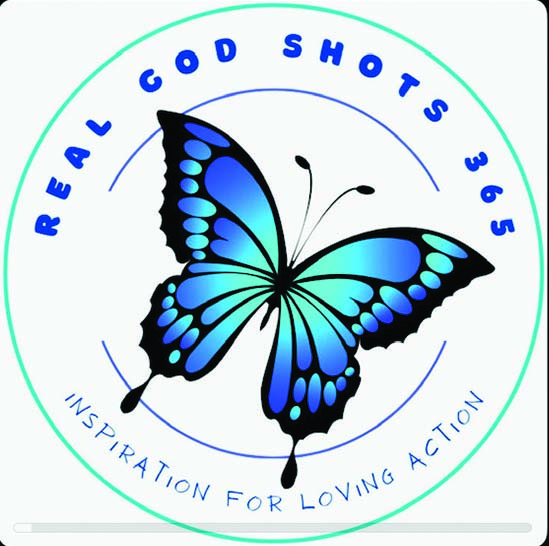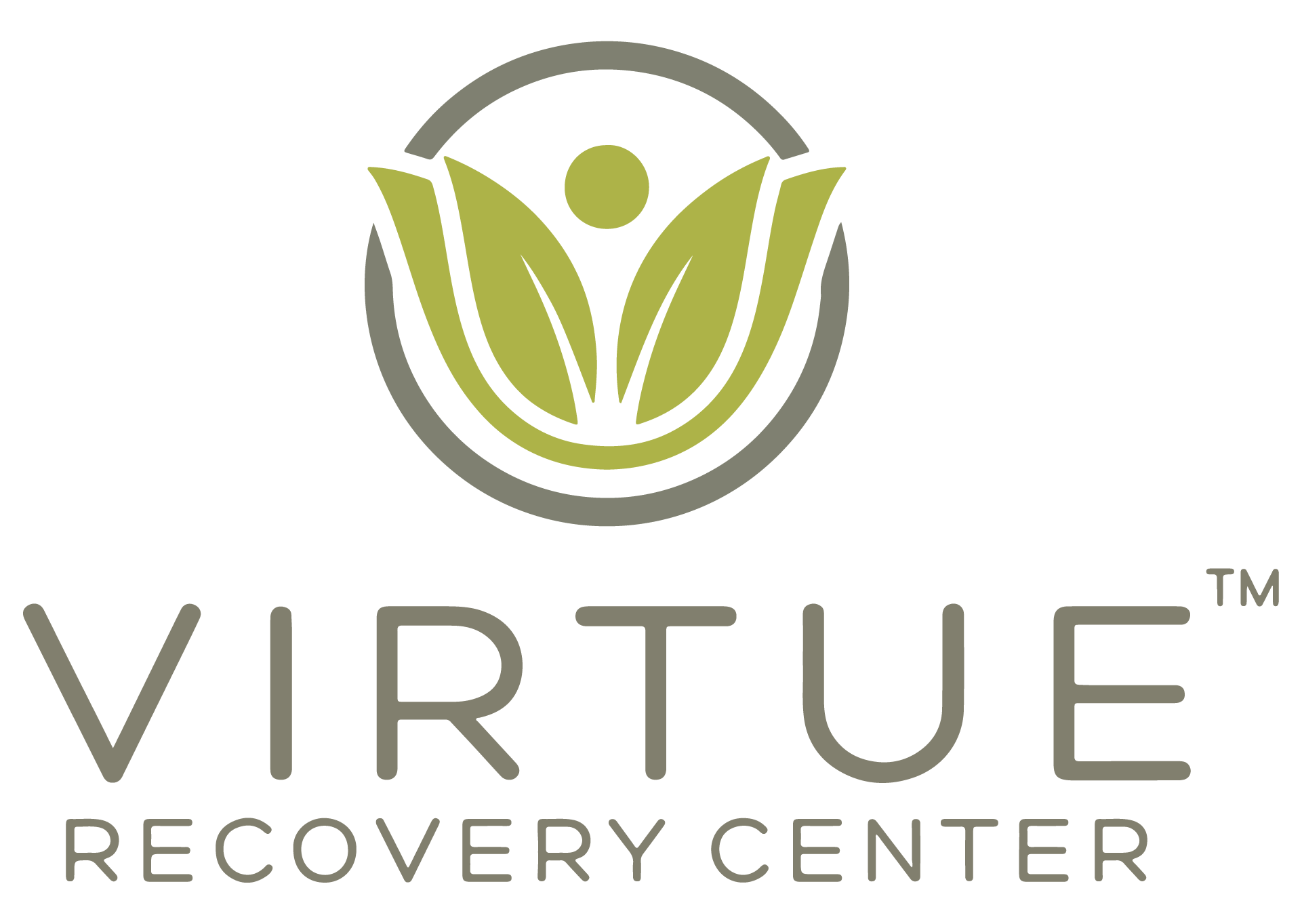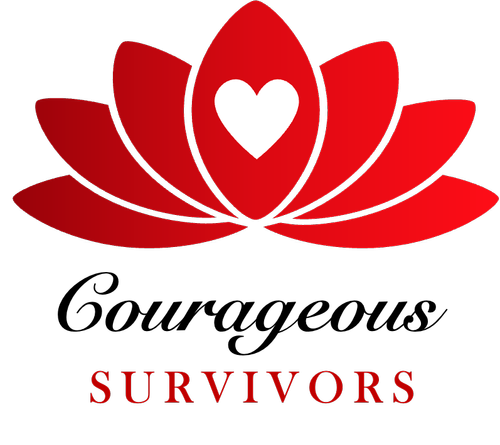Once you’ve familiarized yourself with common warning signs of teen drug use, a few simple guidelines can go a long way toward spotting an issue earlier rather than later. Even...
Once you’ve familiarized yourself with common warning signs of teen drug use, a few simple guidelines can go a long way toward spotting an issue earlier rather than later. Even if you don’t find direct evidence, it’s important to always trust your gut — take action by talking with your child and seeking help if necessary. How to Find Out if Your Child is Using Drugs or Alcohol
Use Your Nose. Have a real, face- to-face conversation when your son or daughter comes home after socializing with friends. If there has been drinking or smoking, the smell will be on their breath, on clothing and in their hair. Look Them in the Eyes. When your child gets home after going out with friends, take a close look. Pay attention to his or her eyes. Eyes will be red and heavy-lidded, with constricted pupils if they’ve used marijuana. Pupils will be dilated, and he or she may have dif- ficulty focusing if they’ve been drink- ing. In addition, red, flushed color to the face and cheeks can also be a sign of drinking. Watch for Mood Changes. How does your teen act after a night out with friends? Are they loud and ob- noxious, or laughing hysterically at nothing? Unusually clumsy to the point of stumbling into furniture and walls, tripping over their own feet and knock- ing things over? Sullen, withdrawn, and unusually tired and slack-eyed for the hour of night? Do they look queasy and stumble into the bathroom? These are all signs that they could have been drinking, using marijuana or other drugs.
Monitor Driving and the Car. Your teen’s car and driving habits can offer clues as well. Is driving more reckless when he or she’s coming home after being with friends? Are there new, unexplained dents? If you’re suspicious, examine the inside of the car too. Does it smell like smoke or alcohol fumes? Are there any bottles, pipes, bongs, or other drug paraphernalia rolling around on the floor or hidden in the glove box? If you find evidence of drug use, be sure to prepare for the conversation ahead.
Keep an eye out for deceit or secretiveness. Are their weekend plans starting to sound fishy? Are they being vague about where they’re going? Can they describe the movie they
supposedly just saw? They say parents will be at the party they’re attending, but can’t give you a phone number and come home acting intoxicated? They get in way past curfew or estimated time with an endless string of excuses? When excuses fail, do they respond to your inquiries and concern by telling you it’s none of your business? If these ring true, something is wrong and it’s time to take action. Should You Search Their Room? The limits you set with your child do not stop at their bedroom door. If you notice concerning changes in behavior, unusual odors wafting from their room (like marijuana or cigarette smoke), smells to mask other smells like incense or air fresheners, or other warning signs, it’s important to find out what’s going on behind that “KEEP OUT” sign. One note of caution, however. Be prepared to explain your reasons for a search, whether or not you decide to tell them about it beforehand. You can let them know it’s out of concern for their health and safety. If you discover your kid is not drinking or doing drugs, this could be a good time to find out if there’s something else that may need to addressed.
Kids come up with some crafty places to conceal alcohol, drugs, and drug paraphernalia. Hiding spots include:
- Dresser drawers beneath or between clothes
- Desk drawers
- CD/DVD/Tape/Video cases
- Small boxes – jewelry, pencil, etc.
- Backpacks/duffle bags
- Under a bed
- In a plant, buried in the dirt
- In between books on a bookshelf
- Inside books with pages cut out
- Makeup cases – inside fake lipstick tubes or compacts
- Under a loose plank in floor boards
- Inside over-the-counter medicine containers (Tylenol, Advil, etc.)
- Inside empty candy bags Don’t overlook your teen’s cell phone or other digital devices. Do you recognize their frequent contacts? Do recent messages or social media posts hint at drug use or contradict what they’ve told you?
If your search turns up evidence of drug use, prepare for the conversation ahead and do not be deterred by the argument of invaded privacy. Stand by your decision to search and the limits you’ve set.


